Oojam at last year’s Ren Faire
Click the BIG ARROW to play
The women of Oojahm undulate on a makeshift stage of Oriental rugs at the Renaissance Pleasure Faire’s main entrance. Peasants and beggars hoot and holler while perched on nearby bales of hay as the turban-clad drummers provide the beat for this flirtatious performance.
But these belly dancers aren’t quite what you’d expect. For one thing, they don’t show any actual belly.
While squeezing into cleavage-popping bodices might be de rigueur for the commoners, the members of Oojahm buck the trend for the sake of historical accuracy. The dancers leave almost everything to the imagination, since their outfits must hem close to modesty standards of the 16th century Ottoman Empire. They don hair coverings, long fabric skirts, pantaloons (so the women don’t show skin when they twirl) and tunics that cover the arms and torso.
The dance troupe also sports another unexpected flourish: Jewish characters.
“We are a caravan [from the Ottoman Empire], and we have come to England to trade on the shire,” says Natalie Luskin, who plays Hadarah, the daughter of a Jew who died during childbirth.
“I was raised by the tribe, but because I am Jewish, I’ve been given the freedom to learn Torah,” she says, referring to her character’s biography.
Jews have participated regularly in RenFaire — which recreates with the greatest possible accuracy English life during the Renaissance — and actors like Luskin are now finding greater freedom to express their cultural identity in the roles they play. The main stumbling block to date had been that Jews were exiled from England 300 years before the reign of Queen Elizabeth I.
The trade mission storyline allows this Ottoman tribe of 35 performers to slip its Jewish characters into the formerly Judenrein shire. In keeping with its historical recreation, Oojahm features a detailed history that includes Jewish-Muslim coexistence and cooperation.
This inclusion reflects a dramatic shift in how Faire organizers focus on multiculturalism.
During weekends from early April to late May, 1,200 actors representing the various social classes of England’s Renaissance era wander through village streets filled with crafts, clothiers and games, interacting with the public. Staged performances and concerts are complimented by wandering minstrels and other street performers. And food vendors offer everything from turkey legs to falafel sandwiches, inspiring lines at Ye Olde ATM.
Dozens of such festivals are held nationwide and in Canada throughout the year, but Southern California kicked off the Renaissance Faire craze more than four decades ago. Teachers Phyllis and Ronald Patterson began staging small Renaissance pageants in the backyard of their San Fernando Valley home in the early 1960s, and the couple held the first Renaissance Faire in North Hollywood on May 11 and 12, 1963, attracting about 8,000 people.
From North Hollywood, the Faire relocated to Paramount Ranch in Agoura Hills, Glen Helen Regional Park in San Bernardino and then to its current site, the Santa Fe Dam Recreation Area in Irwindale. Today, it attracts about 10,000 people daily.
Starting in 2005, Faire organizers began addressing ways to widen the event’s appeal among Los Angeles’ diverse communities. Spanish-language television advertisements began airing this year. Entertainment has grown to include Aztec dancers and Middle Eastern music ensemble Baba Ku, and jousting matches once reserved only for English lords now feature Italian, French, German and Ottoman champions.
The public is taking note, and more visitors are arriving in period outfits that fall outside the realm of Elizabeth’s England.
“I don’t think we can look on ourselves as a one-dimensional society any longer,” says Rikki Kipple, owner of Renaissance Pleasure Faire. “There’s so many fascinating cultures, and the world in Elizabethan times was amazing … because the trade routes had opened up.”
Not that Jews were waiting on the sidelines for an opportunity to take part in the festivities.
The dearth of Jews in Elizabethan England might have made for slim pickings in terms of Jewish roles over the last 40-odd years, but Jewish actors and crafts workers have been involved in the Faire since its earliest days.
Anita Honor, 78, a retired teacher, started attending the Faire as a craftswoman in 1968. She says her children would accompany her on the weekends, and they camped out together in her booth after she had spent the day making and selling rugs.
“It was like a vacation,” Honor says. “It was like being in a foreign country.”
Her daughter and granddaughter are RenFaire regulars, and she beams with pride as she recounts how her great-granddaughter started attending this year.
Lauren Chroman, a self-described “RenRat,” grew up as a participant. She says the Jews who work there definitely are aware of one another.
The 21-year-old student at Occidental College wears a Star of David on her necklace as she plays any one of three Irish or English characters. As a rabble-rouser at the jousts, Chroman keeps the audience entertained. While in character on the streets, she regularly taunts Puritans who make period cracks about Jews.
Chroman says that one of the anti-Semitic Puritans is, in fact, a Jew.
And if you happen to catch the Poxy Boggards, the “drinking group with a singing problem,” Chroman suggests you listen carefully for Hebrew being substituted for Gaelic verses.
“Only the Jews in the audience understand the joke when the singer puts on a yarmulke as he switches over to the Hebrew lines,” Chroman says. “Suddenly he’s joined by voices from the audience who don’t know a word of Gaelic.”
Renaissance Pleasure Faire ends this weekend, May 19-20.

Hadarah (Natalie Luskin), right, dances with Sari (Mercy) as part of Oojahm at Renaissance Pleasure Faire. Photo courtesy of http://www.renaissancefaire.net Copyright © 2007 Richard G Lowe Jr.






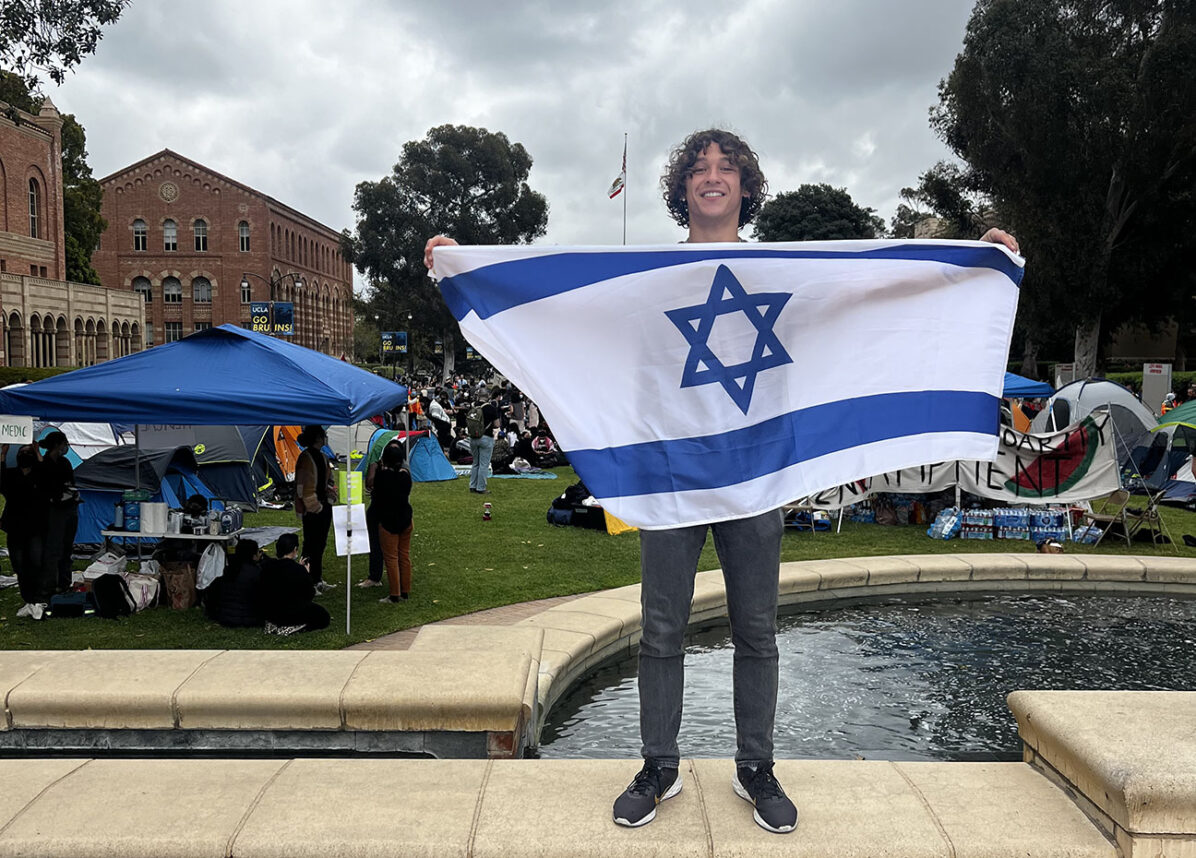

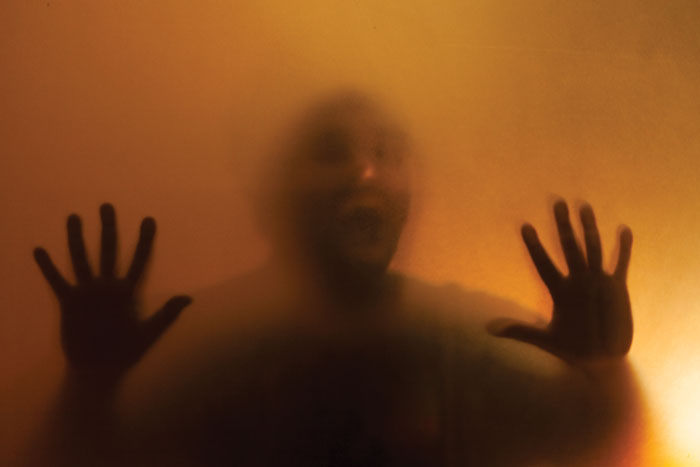
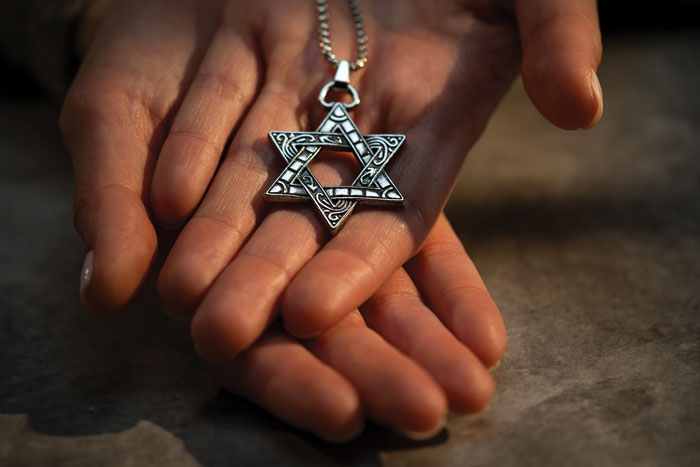

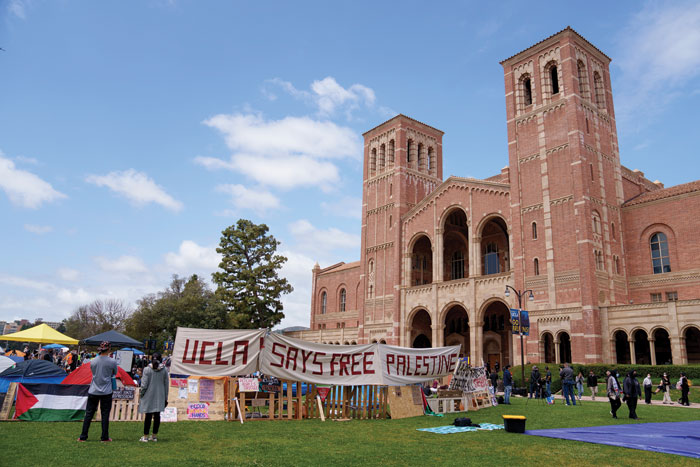


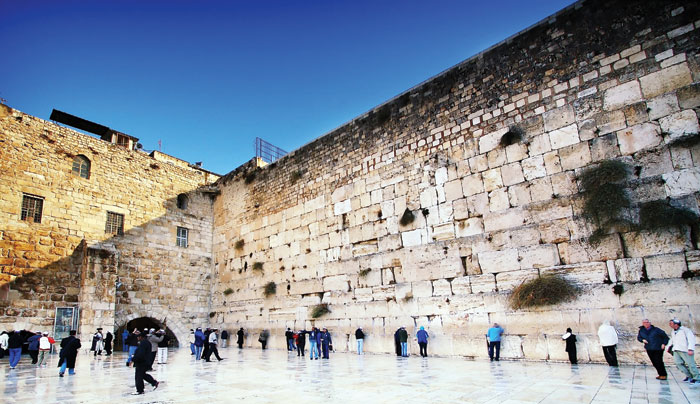

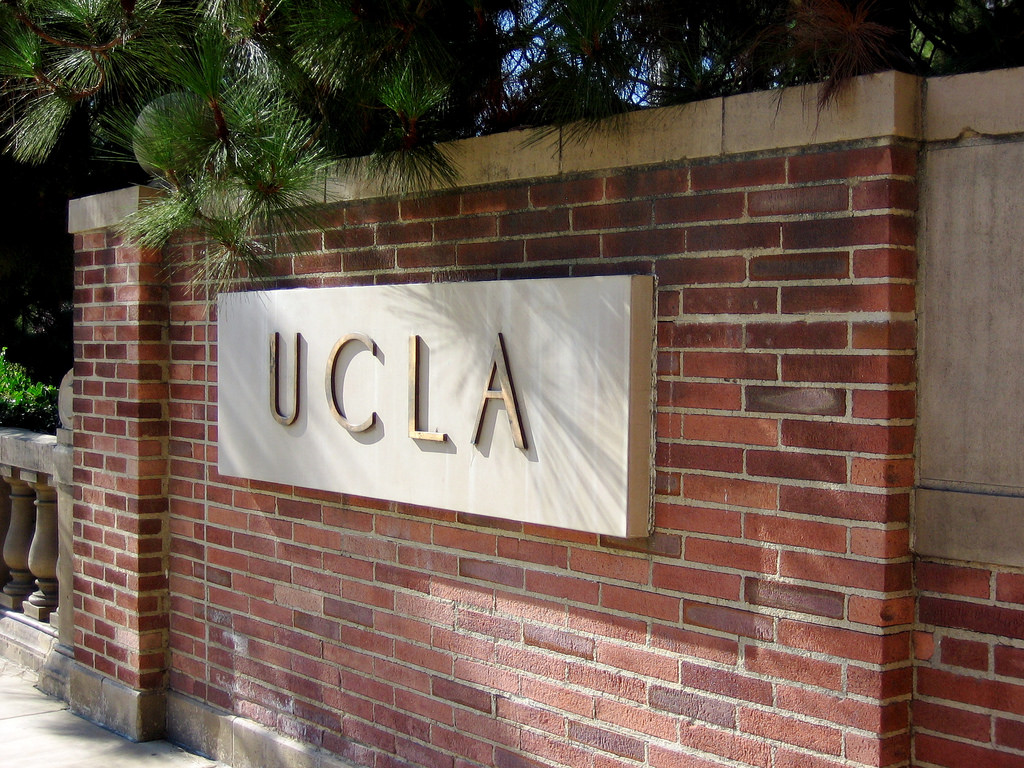





 More news and opinions than at a Shabbat dinner, right in your inbox.
More news and opinions than at a Shabbat dinner, right in your inbox.